Retrofitting a home is the term given to any home improvements that are specifically designed to save energy and cut carbon emissions. Knowing where to start can be difficult. We have brought together some general information about the various retrofit measures that you may be considering, links to sources of further information, and some examples of the retrofit plans for some typical Petersfield homes.
If your home has any damp or condensation problems, it is worth getting professional help to resolve this before you tackle any other work.
Loft Insulation; Cavity Wall Insulation; Floor Insulation; Glazing; Ventilation; Solar Panels; Low Carbon Heating Systems
The current recommendation is to upgrade the loft insulation from its current levels to 270-300mm (10-12 inches). The first layer should be laid between the joists, and then subsequent layers at 90 degrees, across the joists. If you are using the loft space for storage then it is recommended that you install joist extenders so that any boarding is above the level of the insulation with a gap for ventilation between the top of the insulation and the bottom of the boards. There should also be ventilation gaps at the eaves of the home.
Don’t forget to consider the loft hatch, and ensure that the back of the hatch is insulated and there is draught-proofing around the hatch opening.
You may be eligible for a grant towards the costs of loft insulation. Check what is currently available at our finance and funding page.
A house is generally suitable for cavity wall insulation provided that the cavity is at least 50mm wide, the external walls are unfilled and the masonry and brickwork is in good condition.
Cavity walls are usually insulated by drilling a series of small holes – around 25mm or 1 inch across – into the mortar at regular intervals and injecting the insulation through these holes and into the cavity. The holes are refilled once the insulation has been blown in. These days many installers use polystyrene beads as the insulation material – often carbon coated to make them extra energy efficient. A reputable installer will be registered with the Cavity Insulation Guarantee Agency.
For semi-detached homes, the party wall may be a cavity wall, so consideration can be given to insulating this wall. If both homes are heated to similar temperatures then there will be no heat loss through this wall, however there may be heat lost through the roof by convection within uninsulated cavities.
You may be eligible for a grant towards the costs of cavity wall insulation. Check what is currently available at our finance and funding page.
Approximately 10% of heat is lost through the floor.
For a suspended timber floor, insulation board, rolls or mineral fibre or spray insulation can be used to insulate under the floorboards. This can be a disruptive process, and may be most suitable when underfloor heating is also being added to the property.
You need to comply with Building Regulations for any underfloor insulation, including making sure that rooms on the ground floor still meet the minimum room heights, and that you take steps to minimise fire risk.
You may want to consider draught-proofing, to seal any gaps between floorboards and along the skirting boards using flexible fillers, silicone mastic, decorators’ caulk or similar products. Be careful not to block any air bricks.
If not already done, glazing should be upgraded to double or triple glazing with trickle vents. Trickle vents allow you to control the amount of ventilation and reduce the potential loss of warm air.
If looking for new double or triple glazing, check the U-value of the windows is as low as possible.
If it is not cost-effective to upgrade windows, then well fitting curtains and blinds can reduce heat loss through a window if drawn at dusk.
If you are planning any retrofitting measures such as insulation and draught proofing, then always consider the need for enhanced ventilation, to ensure that adequate fresh air is provided and that pollutants and moisture are removed from the property. This is important for the health of everyone who lives in the property.
It is recommended that all new windows are fitted with trickle vents, to ensure a supply of fresh air to the property. Additionally rooms that have a lot of moisture (e.g. bathrooms and kitchens) should have adequate ventilation to ensure the moisture is removed from the property. Depending on the construction of the property and the lifestyle of the occupants, ventilation can be achieved through opening doors and windows (although this results in heat losses), passive trickle vents, intermittent or continuous fans, and centralised mechanical extract ventilation. It is also important to ensure there is sufficient ventilation within the property by adding undercuts to internal doors.
Depending on the size and alignment of your roof, there may be a potential to install solar PV panels, which enables you to generate electricity thereby reducing the amount of electricity you need to purchase from the grid.
Solar PV systems can be combined with battery storage, allowing you to store surplus energy generated by the panels and use it later.
Solar PV systems can also be combined with a solar diverter if you have a hot water cylinder. These devices send excess electricity to your immersion heater to provide free hot water.
We held a webinar in March 2023 on the subject of solar panels and batteries. You can access a recording here.
All of the homes that we have featured are heated with gas central heating. A significant reduction in carbon emissions comes from swapping from a fossil fuel boiler to a heat pump. Heat pump technology is developing quickly and a large majority of the homes we have surveyed are suitable for heat pumps. For further information on heat pumps, see our information page.
If your home has an open fireplace that is not in use, then it should be blocked with a “chimney sheep” or similar product made with a breathable material that allows the necessary ventilation of the chimney while minimizing draughts.
Example Homes
Below are several typical Petersfield homes that have had a Whole House Retrofit Plan produced, along with the resulting recommendations for upgrading these homes.
Notes on the figures – energy bills figures are from SAP modelling, which is the government's national calculation methodology for assessing the energy performance of buildings. It does not include the costs of running any appliances. The modelled fuel bill also allows for electricity generated by solar panels and reduces the total accordingly.

1900s Semi-detached home
This property is a semi-detached house with suspended, uninsulated timber floors. There are cavity walls which have been insulated after the property was built. Loft insulation is 50mm, with an uninsulated room in the roof. Energy bills before retrofit are £2,700, and annual carbon emissions of 5.19 tonnes of CO2.
| Home improvement | Capital Cost | Annual running cost saving | Annual CO2 saving (%) |
| Loft insulation to 300mm | £860 | £20 | 2% |
| Upgrade insulation to room-in-roof | £6,020 | £30 | 3% |
| Ventilation improvements | £1,920 | 0 | 0 |
| Solar PV | £7,270 | £460 | 16% |
| Air Source Heat Pump and radiator upgrades (from G-rated gas boiler) | £15,000 | £340 | 58% |
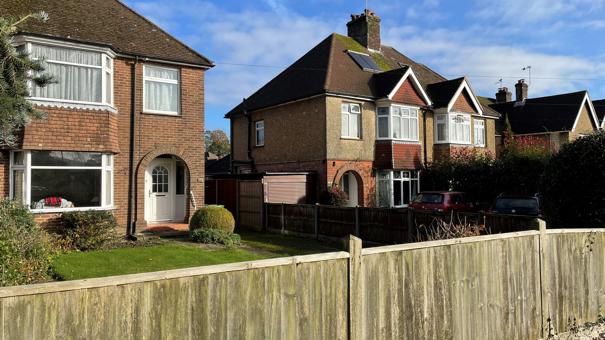
1930s Semi Detached Home
This property is a semi-detached house with suspended timber floors and cavity walls that have been insulated after the property was built. Loft insulation is 100mm. Energy bills before retrofit are £2,040 per annum, and annual carbon emissions of 4.44 tonnes of CO2.
| Home improvement | Capital Cost | Annual running cost saving | Annual CO2 saving (%) |
| Loft insulation to 300mm | £1,500 | £100 | 13% |
| Block open chimney | £300 | £20 | 2% |
| Upgrade to insulated doors (x2) | £1,560 | £20 | 2% |
| Upgrade to A+ double glazing throughout | £6,870 | £60 | 6% |
| Ventilation improvements | £600 | 0 | 0 |
| Solar PV (1 kWp) | £2,050 | £90 | 2% |
| Air Source Heat Pump (from G-rated gas boiler) | £12,000 | £300 | 64% |
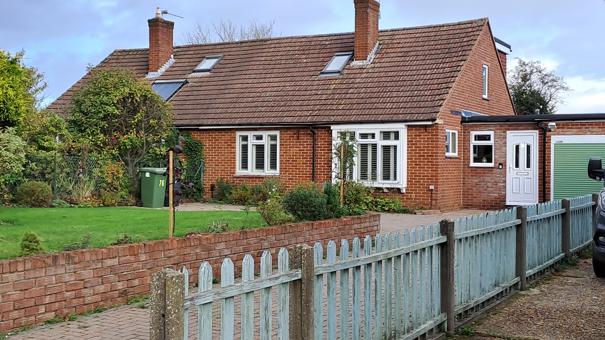
1950s Bungalow
This property is a bungalow, with solid, uninsulated ground floors, insulated cavity walls and loft insulation of 100mm. There is a more recent side extension with suspended wooden floors. Energy bills before retrofit are £2,020 per annum, and annual carbon emissions of 3.34 tonnes of CO2.
| Home Improvement | Capital Cost | Annual running cost saving | Annual CO2 saving (%) |
| Roof insulation (up to 150mm) on sloping roof | £2,120 | £300 | 17% |
| Ventilation improvements | £2,160 | 0 | 0 |
| Solar PV | £8,400 | £540 | 11% |
| Air Source Heat Pump plus radiator upgrades | £18,500 | -£110 | 61% |
| Insulate suspended timber floors | £8,950 | £120 | 1% |
| Waste Water Heat Recovery System in bathroom | £1,200 | £60 | 2% |
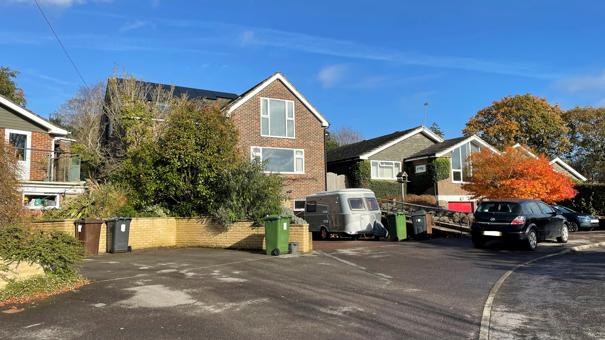
1960s Detached home
This is a detached property with suspended, uninsulated timber floors. It has cavity walls that were filled after construction. Energy bills before retrofit are £3,100 per annum, and annual carbon emissions of 6.24 tonnes of CO2.
| Home improvement | Capital Cost | Annual running cost saving | Annual CO2 saving (%) |
| Add trickle vents to pre-2002 windows | £330 | 0 | 0 |
| Draught-proof doors and windows | £280 | £10 | 0 |
| Roof insulation to flat roof | £2,760 | £10 | 1% |
| Insulate suspended timber floors | £6,420 | £30 | 6% |
| Ventilation improvements | £2,040 | 0 | 0 |
| Solar Thermal | £4,720 | £50 | 7% |
| Solar PV | £3,460 | £250 | 4% |
| Air Source Heat Pump | £12,000 | -£30 | 75% |
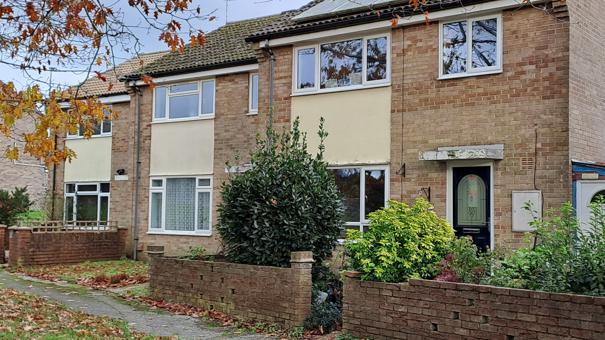
1970s terrace home
This is an end-terrace property with suspended, uninsulated timber floors. It has cavity walls that were filled after construction. Solar panels have been installed on the front and back of property. Energy bills before retrofit are £380 per annum, due to the large solar array, and annual carbon emissions of 2.18 tonnes of CO2.
| Home improvement | Capital cost | Annual running cost saving | Annual CO2 saving (%) |
| Increase loft insulation to 300mm | £870 | £10 | 3% |
| Ventilation improvements | £1,500 | 0 | 0 |
| Cavity Wall insulation | £1,280 | £90 | 27% |
| Upgrade to A++ double glazing | £15,740 | £20 | 6% |
| Air Source Heat Pump | £15,000 | £40 | 60% |
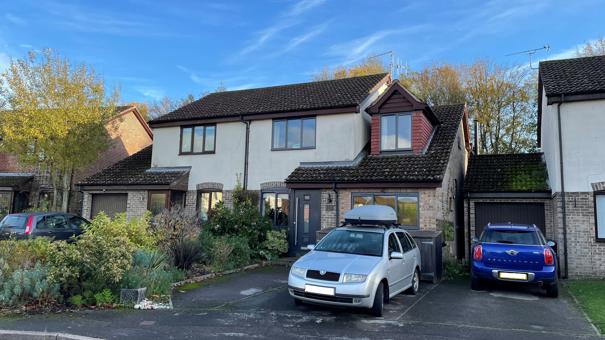
1980s Semi-detached
This is a semi-detached property with solid, uninsulated floors. It has cavity walls that were filled after construction. Solar panels have been installed. Energy bills before retrofit are £1,280 per annum, and annual carbon emissions of 2.6 tonnes of CO2.
| Home improvement | Capital Cost | Annual running cost saving | Annual CO2 saving (%) |
| Increase loft insulation to 300mm | £860 | £10 | 1% |
| Ventilation improvements | £840 | 0 | 0 |
| Upgrade to A++ double glazing | £28,000 | £100 | 8% |
| Air Source Heat Pump | £12,000 | -£190 | 72% |
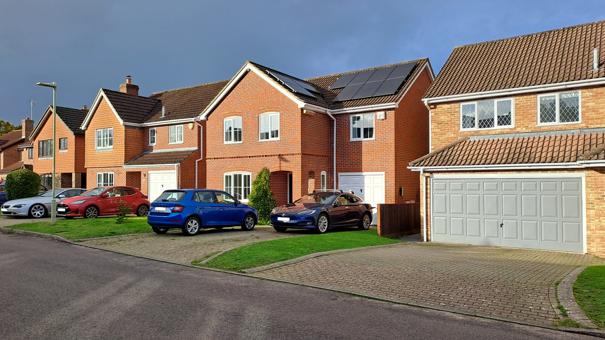
1990s Detached Home
This is a detached property with solid, uninsulated floors. It has cavity walls that were filled at the time of construction. Solar panels have been installed. Energy bills before retrofit are £780, and annual carbon emissions of 3.24 tonnes of CO2.
| Home Improvement | Capital Cost | Annual running cost saving | Annual CO2 saving (%) |
| Increase loft insulation to 300mm | £530 | £10 | 2% |
| Ventilation Improvements | £1420 | 0 | 0 |
| Insulated front door | £990 | 0 | 1% |
| Insulate solid floors | £2,200 | £10 | 2% |
| Air Source Heat Pump | £8,000 | £10 | 90% |
